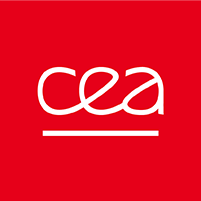Cryo-electron tomography (CET) is a powerful technique for the 3D structural analysis of biological samples in their near-native state. CET has seen remarkable advances in instrumentation in the last decade but the classical weighted back-projection (WBP) remains by far the standard CET reconstruction method. Due to radiation damage and the limited tilt range within the microscope, WBP reconstructions suffer from low contrast and elongation artifacts, known as ‘missing wedge’ (MW) artifacts. Recently, there has been a revival of interest in iterative approaches to improve the quality and hence the interpretability of the CET data. In this project, we propose to go beyond the state-of-the-art in CET by (1) applying curvelet- and shearlet-based compressed sensing (CS) algorithms, and (2) exploring deep learning (DL) strategies with the aim to denoise et correct for the MW artifacts. These approaches have the potential to improve the resolution of the CET reconstructions and facilitate the segmentation and sub-tomogram averaging tasks. The candidate will conduct a comparative study of iterative algorithms used in life science, and CS and DL approaches optimized in this project for thin curved structures.
PhD in image analysis/computer science/life science/materials science



Talent impulse, the scientific and technical job board of CEA's Technology Research Division
© Copyright 2023 – CEA – TALENT IMPULSE - All rights reserved